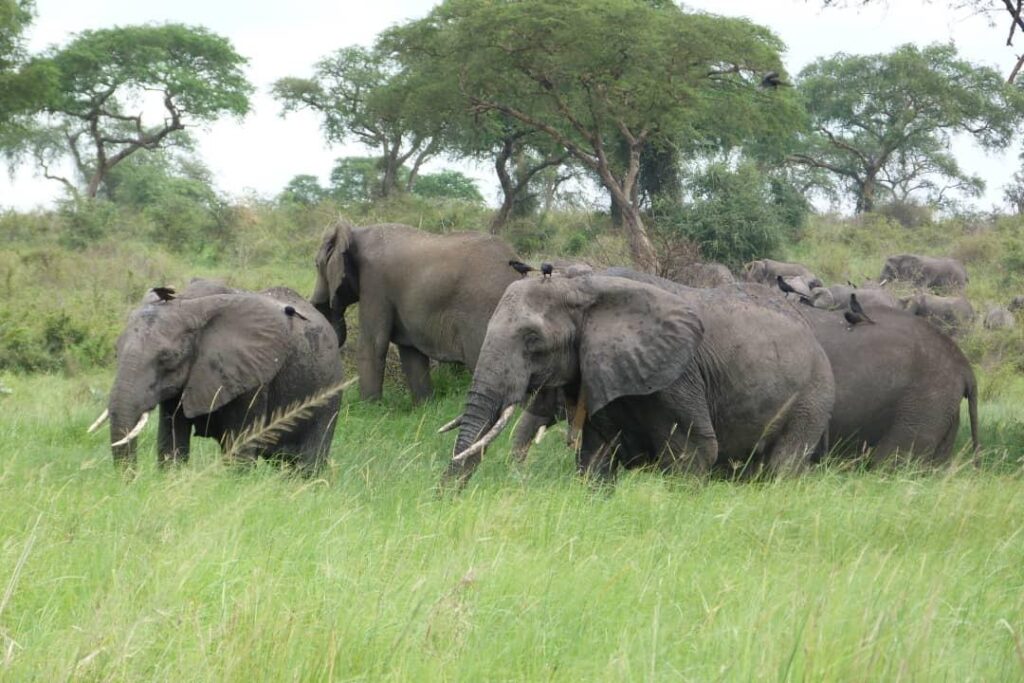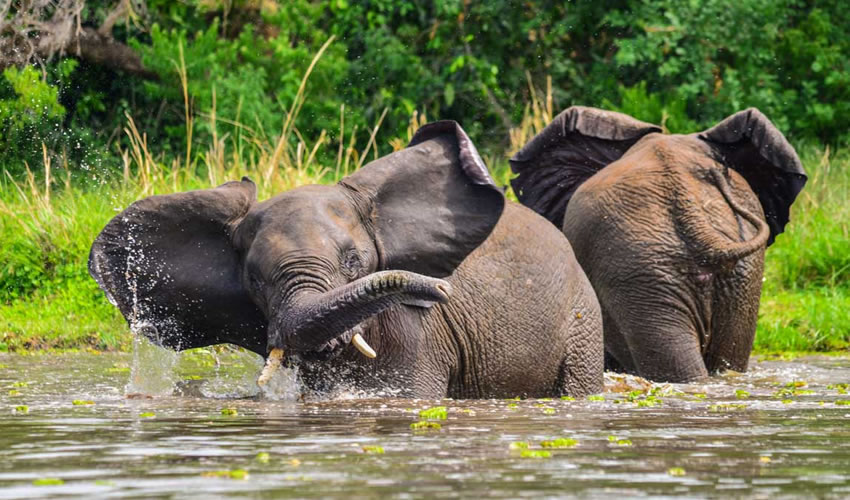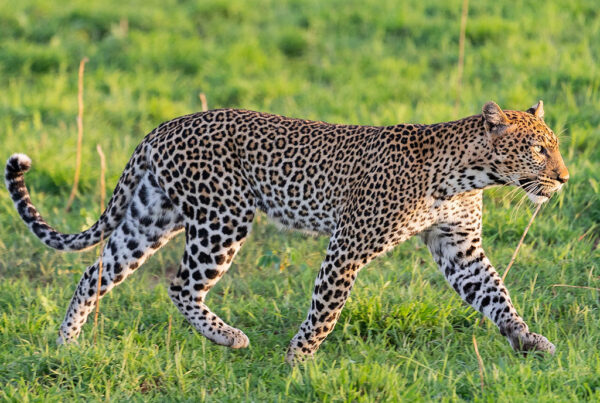Conservation Efforts in Murchison Falls National Park
Protecting Uganda’s Natural Legacy
In northern Uganda, where the River Nile roars through a narrow gorge and the iconic Murchison Falls crashes with relentless power, a treasure of biodiversity thrives. Murchison Falls National Park, Uganda’s largest and one of its most diverse protected areas, is home to elephants, lions, giraffes, hippos, crocodiles, and over 450 bird species. Yet this remarkable wildlife sanctuary is not immune to the pressures of human encroachment, poaching, habitat loss, and climate change.
Conservation in Murchison Falls has evolved from basic protection to a sophisticated network of initiatives encompassing anti-poaching measures, community engagement, ecological research, and sustainable tourism practices. Understanding these efforts provides insight into how Uganda preserves its natural heritage while balancing ecological integrity with human development. For visitors, recognizing the impact of these efforts enhances appreciation of every wildlife encounter and scenic vista.
This guide explores the conservation strategies, partnerships, and successes that sustain Murchison Falls, highlighting the essential role of sustainable tourism and the vital contributions of organizations, local communities, and international stakeholders.
Historical Context: The Genesis of Conservation
Murchison Falls National Park was established in 1952, initially as a game reserve to protect the northern savannahs and the Nile corridor from excessive hunting. Its early conservation strategy relied on strict protection and regulation of hunting practices, with minimal engagement with surrounding communities. Over time, it became clear that protection alone was insufficient, as poaching, illegal settlements, and agricultural expansion threatened wildlife and habitats.
By the 1990s, the Uganda Wildlife Authority (UWA) had assumed stewardship of the park, implementing structured management plans and modernizing conservation strategies. This shift recognized that effective conservation must integrate ecological science, law enforcement, sustainable tourism, and community participation. Today, Murchison Falls is a model of holistic conservation, balancing wildlife protection, ecosystem management, and socio-economic development.
Anti-Poaching Initiatives
Poaching has historically posed the greatest threat to large mammals in Murchison Falls. Elephants, in particular, were targeted for their ivory, while lions and other predators faced persecution due to conflict with humans. Conservation efforts have focused on strengthening law enforcement, with rangers trained in advanced anti-poaching techniques, equipped with modern surveillance technologies, and organized into rapid response units.
Patrols are conducted daily across critical zones, monitoring for signs of illegal activity and ensuring that wildlife corridors remain intact. Community scouts, often recruited from local villages, supplement these patrols by providing intelligence and fostering trust between conservation authorities and surrounding populations. Collaboration with law enforcement agencies ensures that arrests and prosecutions are carried out, creating a deterrent effect for would-be poachers.
Modern anti-poaching efforts also utilize technology, including drone surveillance, GPS tracking, and camera traps, which monitor animal movements and detect intrusions in real-time. These tools have dramatically improved the ability to protect endangered species and ensure that critical habitats remain undisturbed.
Wildlife Monitoring and Research
Scientific research and monitoring underpin the conservation strategies in Murchison Falls. Ecologists, biologists, and park rangers systematically track population trends, migration patterns, and predator-prey dynamics to inform adaptive management. Elephants, for instance, are monitored using GPS collars to understand their movement patterns, habitat preferences, and interactions with local communities.
Research extends to bird populations, aquatic ecosystems, and plant biodiversity, which are equally important for maintaining ecological balance. The shoebill stork, for example, has been the subject of detailed studies to determine nesting patterns and habitat requirements, enabling targeted protection of wetland areas.
By integrating research with practical conservation measures, park management ensures that interventions are data-driven and effective, addressing both immediate threats and long-term ecological challenges. Visitors benefit from these efforts by experiencing wildlife in natural, thriving habitats that reflect sustainable ecological management.
Habitat Restoration and Ecosystem Management
Conservation in Murchison Falls is not limited to protecting wildlife but also involves restoring and managing habitats. Degraded savannahs, riverbanks, and wetlands are rehabilitated through tree planting, invasive species control, and the maintenance of natural fire regimes. These measures preserve critical ecological processes, such as nutrient cycling, water purification, and flood regulation, which are essential for both wildlife and human communities.
Riverine forests along the Nile are particularly vulnerable to deforestation and erosion. Conservation teams work to stabilize riverbanks, replant indigenous tree species, and monitor hydrological changes, ensuring that the river ecosystem continues to support hippos, crocodiles, fish species, and migratory birds. Wetland restoration is a key focus, providing breeding grounds for birds and maintaining water quality that sustains both wildlife and local communities.
Community Engagement and Benefit Sharing
A cornerstone of Murchison Falls’ conservation success is community involvement. Local populations live in proximity to the park and rely on land and natural resources for subsistence. Historically, conflicts arose over livestock predation, crop damage, and restrictions on resource use. To address these challenges, conservation initiatives have emphasized education, livelihood support, and participatory management.
Community-based programs include the promotion of eco-tourism ventures, beekeeping, sustainable agriculture, and handicraft production, providing alternative income sources while reducing dependence on poaching and habitat destruction. Revenue from park fees and tourism is shared with local communities, creating tangible incentives for conservation. Schools, health clinics, and water projects funded through these initiatives strengthen the relationship between communities and the park, fostering a culture of stewardship and pride in preserving Uganda’s natural heritage.
Sustainable Tourism and Safaris
Tourism is a key component of conservation in Murchison Falls. Well-managed safari operations generate revenue for park management and provide financial incentives for wildlife protection. Guided game drives, boat cruises, birdwatching tours, and photographic safaris are conducted under strict environmental guidelines, ensuring minimal impact on the ecosystem.
Luxury lodges and mid-range camps are designed with eco-friendly principles, including water conservation, waste management, and renewable energy use. Tourist behavior is regulated through education, emphasizing safe distances from wildlife, restricted areas, and adherence to park rules. Sustainable tourism thus becomes a powerful tool, allowing visitors to experience the park while supporting ongoing conservation efforts.
WildHorn Africa, for instance, works closely with UWA to ensure that safari itineraries contribute positively to conservation, balancing adventure with ecological responsibility. By choosing responsible tour operators, travelers help sustain funding for ranger patrols, habitat restoration, and community programs.
Species-Specific Conservation Programs
Several species in Murchison Falls require focused attention due to vulnerability or ecological significance. Elephants, for example, face risks from poaching and habitat fragmentation. Targeted programs include anti-poaching patrols, community awareness campaigns, and translocation where necessary to ensure genetic diversity and population stability.
Hippos and crocodiles, while abundant, are monitored to prevent human-wildlife conflict along the Nile. Predators such as lions are tracked to maintain balanced ecosystems, preventing overpopulation of prey species and ensuring the integrity of the savannah food chain. Rare and endemic species, including the shoebill and African rock python, are given special protection, with habitats safeguarded and research informing management decisions.
International Partnerships and Funding
Conservation in Murchison Falls is strengthened by international partnerships. Organizations such as the World Wildlife Fund, African Wildlife Foundation, and various research institutions provide funding, technical expertise, and global advocacy. These collaborations support anti-poaching initiatives, ecological monitoring, and capacity building for park staff.
Funding also facilitates infrastructure improvements, including ranger stations, monitoring equipment, and visitor facilities. By combining local management with international support, Murchison Falls achieves a balance of ecological integrity, operational efficiency, and global recognition as a premier conservation site.
Challenges and Future Outlook
Despite successes, Murchison Falls faces ongoing challenges. Human population growth, agricultural expansion, and climate variability continue to exert pressure on the park’s ecosystems. Poaching, while reduced, remains a threat, particularly to elephants. Balancing tourism growth with environmental protection is an ongoing concern, requiring careful planning and enforcement.
Future conservation strategies focus on expanding wildlife corridors, enhancing community-based initiatives, and implementing climate-adaptive management. Technology, research, and international collaboration will continue to play critical roles in ensuring that Murchison Falls remains a thriving sanctuary for wildlife and a model of sustainable conservation.
Safeguarding Uganda’s Natural Heritage
Murchison Falls National Park stands as a testament to effective conservation, scientific management, and community collaboration. From anti-poaching patrols and habitat restoration to community engagement and sustainable tourism, every aspect of conservation is carefully integrated to preserve the park’s ecological integrity. Wildlife thrives, rivers flow unimpeded, and ecosystems remain balanced, offering visitors an authentic and immersive African safari experience.
For travelers wishing to explore Murchison Falls while contributing positively to its protection, booking safaris through WildHorn Africa is highly recommended. By partnering with responsible operators, visitors not only gain expert-guided access to the park’s diverse landscapes and wildlife but also support the ongoing conservation efforts that ensure this natural wonder will endure for generations. Every visit becomes a meaningful contribution to Uganda’s environmental legacy, reinforcing the vital connection between tourism, conservation, and community empowerment.





 WildHorn Africa – Authentic and unforgettable tours across Africa, guided by local experts who know the land, wildlife, and culture best.
WildHorn Africa – Authentic and unforgettable tours across Africa, guided by local experts who know the land, wildlife, and culture best.


